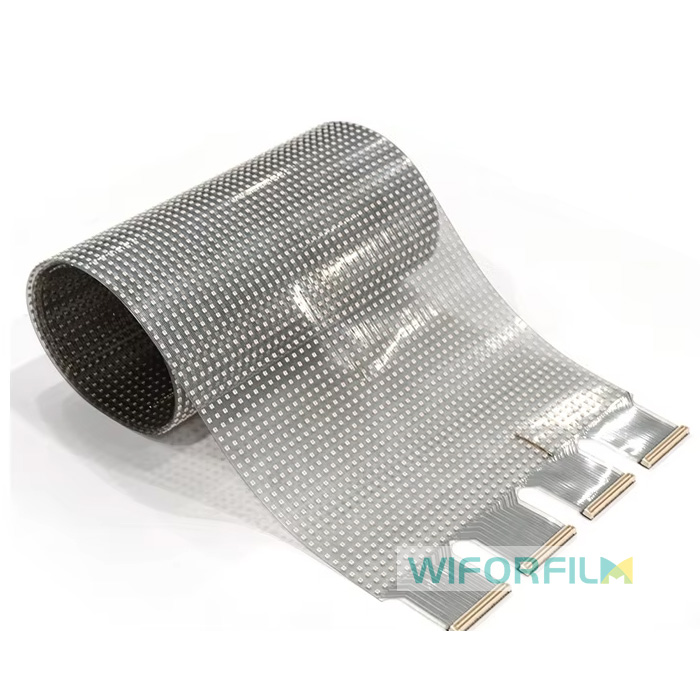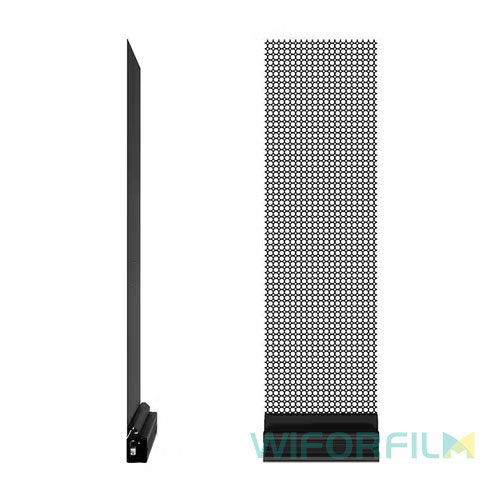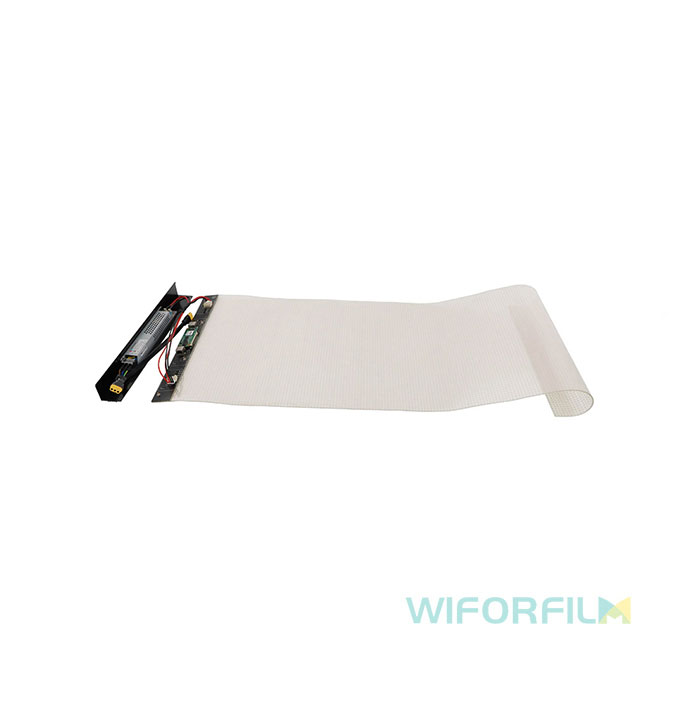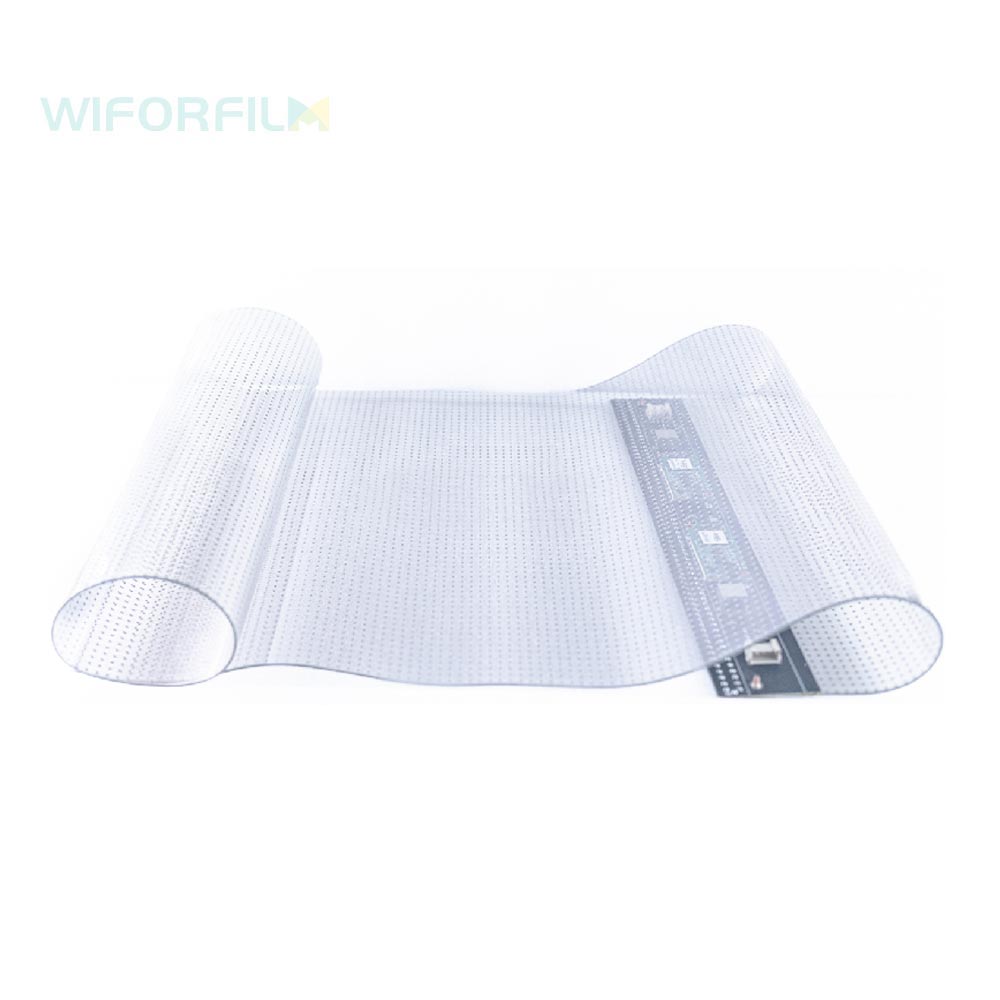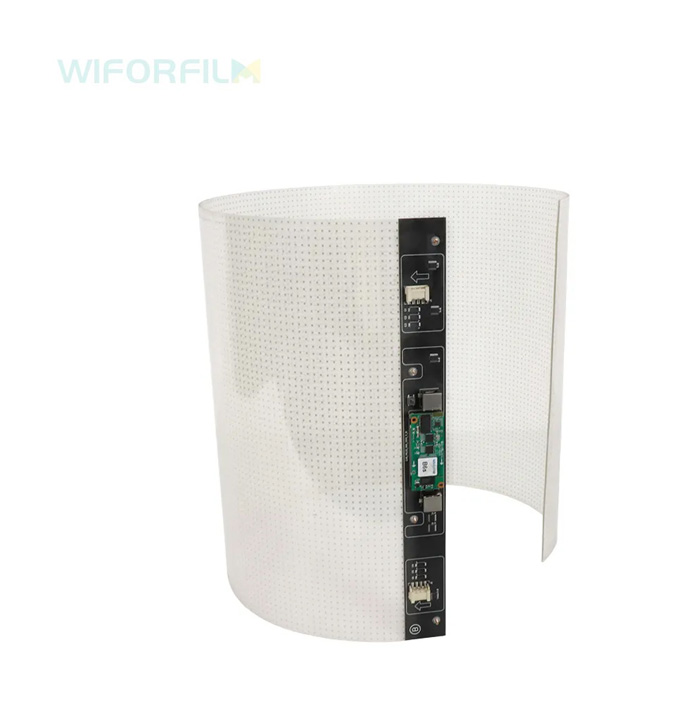Key Components and Functioning:
LED Film: This is the core of the screen. It's a thin, flexible material that incorporates an array of tiny LEDs. Each LED can be individually controlled to produce different colors and brightness levels.
Backlight: While not always necessary, a backlight can enhance the brightness and contrast of the LED film. It's particularly useful in low-light environments or when displaying darker content.
Control Circuitry: This electronic component is responsible for receiving and processing the video or image data. It then sends the appropriate signals to the individual LEDs to create the desired display.
Power Supply: This component provides the necessary electrical power to operate the LEDs and control circuitry.
How it Works:
Data Input: The LED film screen receives video or image data, typically in digital format.
Signal Processing: The control circuitry processes this data, breaking it down into individual pixel signals.
LED Control: For each pixel, the circuitry determines the appropriate color and brightness level. It then sends signals to the corresponding LEDs to activate them accordingly.
Light Emission: The activated LEDs emit light, creating the desired image or video on the screen.
Advantages of LED Film Screens:
Flexibility: LED film screens can be curved, folded, or even draped, offering more creative design possibilities.
Lightweight: They are significantly lighter than traditional LED displays, making them easier to install and transport.
Durability: LED film is generally more durable and resistant to damage than traditional screens.
Low Power Consumption: LEDs are energy-efficient, resulting in lower operating costs.
Wide Color Gamut: LED film screens can display a wide range of colors, providing vibrant and accurate visuals.
Applications:
Retail and Advertising: Digital signage, window displays, and interactive displays.
Architectural Lighting: Building facades, interior design elements, and artistic installations.
Entertainment: Stage backdrops, live events, and theme parks.
Automotive: Dashboard displays, infotainment systems, and exterior lighting.




